How to Treat Hypothermia
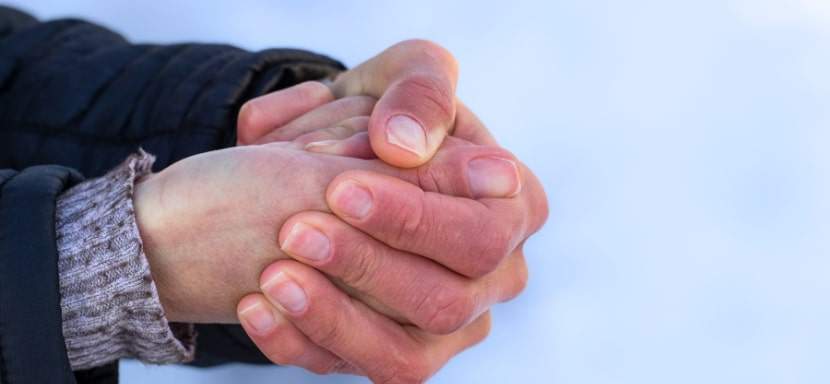
Hypothermia: Symptoms, Treatment, and Prevention Strategies
Discover life-saving techniques to combat the silent danger of hypothermia before it catches you off guard.
When the temperature drops and winter’s chill sets in, understanding how to treat hypothermia becomes crucial. Hypothermia, a condition where the body loses heat faster than it can produce, can be life-threatening if not addressed promptly. Whether you’re an outdoor enthusiast braving the elements or caught off guard by a cold snap, knowing the signs and effective treatments of hypothermia can make all the difference.
This comprehensive guide will walk you through the symptoms, immediate actions, advanced therapies, and preventive measures to ensure you and your loved ones stay safe and warm. So, grab a cozy blanket and a warm beverage, and let’s dive into the essentials of hypothermia treatment.
Key Points
- Recognize Symptoms Early: Identify the signs of hypothermia quickly to provide immediate and effective treatment and prevent the condition from worsening.
- Implement Immediate Actions: Move the person to a warm environment, remove wet clothing, and use warm compresses to raise their body temperature gradually.
- Prioritize Prevention: Dress in layers, stay dry, plan to avoid hypothermia, and ensure safety during cold-weather activities.
Understanding Hypothermia
What is Hypothermia?
Hypothermia occurs when the body loses heat faster than it can produce, causing the core body temperature to drop below 95°F (35°C). This condition can be life-threatening if not treated promptly. It often results from prolonged exposure to cold weather or immersion in cold water.
Recognizing the Symptoms
Knowing the signs of hypothermia can save lives. Symptoms can vary depending on the severity but generally include:
- Mild Hypothermia: Shivering, dizziness, confusion, and hunger.
- Moderate Hypothermia: Intense shivering, lack of coordination, slurred speech, and fatigue.
- Severe Hypothermia: No shivering, difficulty speaking, confusion, weak pulse, and loss of consciousness.
Quick Facts for Recognizing and Treating Hypothermia
These quick facts highlight the essential steps and symptoms to watch for when dealing with hypothermia, ensuring prompt and effective treatment.
- Core Temperature Drops Below 95°F (35°C): Hypothermia is diagnosed when the body temperature falls below this threshold.
- Shivering is a Warning Sign: Shivering is the body’s first response to cold and an early symptom of hypothermia.
- Confusion and Slurred Speech: As hypothermia progresses, mental confusion and slurred speech can occur, indicating moderate hypothermia.
- Loss of Coordination: Difficulty walking or performing tasks due to muscle stiffness and lack of coordination is a red flag.
- Cold and Pale Skin: The skin may become cold to the touch and appear pale or bluish.
- Slow, Shallow Breathing: Hypothermia can cause breathing to become slow and shallow, requiring immediate medical attention.
- Weak Pulse: A weak or irregular pulse is a severe symptom, indicating the need for urgent medical care.
- Immediate Rewarming Needed: Move the affected person to a warm environment and start gradual rewarming using blankets and warm compresses.
- Avoid Direct Heat: To prevent burns and shock, do not use hot water or direct heat sources on the skin.
- Seek Medical Help: Always seek professional medical help for severe hypothermia cases, even after initial rewarming efforts.
Immediate Actions for Treating Hypothermia
Assess the Situation
Before diving into treatment, assess the situation. Ensure the environment is safe for both the rescuer and the victim. If you’re in a remote location, call for emergency services immediately.
Move to a Warm Location
Quickly move the person to a warmer place. Find shelter or create a barrier against the wind if you’re outside. Indoors, increase the room temperature.
Remove Wet Clothing
Wet clothing draws heat away from the body. Remove any damp garments and replace them with dry, warm clothing or blankets.
Provide Warm Drinks
Offer warm, non-alcoholic, non-caffeinated beverages like herbal tea or warm water. This helps raise the core temperature without shocking the system.
Use Warm, Dry Compresses
Apply warm compresses to the neck, chest, and groin areas. Avoid using hot water bottles or heating pads directly on the skin, as it can cause burns.
Advanced Treatment Methods
Active External Rewarming
This involves using external heat sources, such as warm blankets, hot packs, or even body heat from another person. The goal is to raise the body temperature gradually.
Passive External Rewarming
Wrap the person in blankets and warm clothing to retain body heat. Keep them in a warm environment to allow natural warming.
Internal Rewarming
Medical professionals may employ methods like warm intravenous fluids, airway rewarming, or even blood rewarming techniques for severe cases.
Preventing Hypothermia
Dress Appropriately
Wear layers of clothing to trap heat. Opt for moisture-wicking materials and waterproof outer layers to stay dry.
Stay Dry
Wetness increases heat loss. Always change out of wet clothing as soon as possible and avoid activities that might get you soaked.
Eat and Drink Wisely
Consume warm, high-energy foods and drinks. Avoid alcohol and caffeine, as they can accelerate heat loss.
Plan Ahead
Check weather forecasts before heading out. Inform someone of your plans and estimated return time.
Did You Know?
Hypothermia can paradoxically cause a phenomenon called “paradoxical undressing,” where individuals, in the later stages of hypothermia, feel intensely hot and start removing their clothes despite being dangerously cold. This unusual behavior is due to the body’s failing thermoregulation system.
Common Myths About Hypothermia
Myth: Alcohol Warms You Up
Contrary to popular belief, alcohol causes blood vessels to dilate, increasing heat loss. It might make you feel warm but lowers your core body temperature.
Myth: You Only Get Hypothermia in Freezing Temperatures
Hypothermia can occur even in moderately cold weather if wet and exposed for extended periods. Always take precautions regardless of the temperature.
Myth: Rubbing Frostbitten Areas Helps
Rubbing frostbitten skin can cause further damage. Instead, gently warm the affected areas with warm water or body heat.
Long-Term Care and Recovery
Monitor for Complications
Even after initial treatment, monitor the person for signs of complications like frostbite or infection and seek medical attention if needed.
Gradual Return to Normal Activities
Allow the person to return to their normal activities gradually. Avoid strenuous activities until they have fully recovered.
Follow-Up Care
Consult a healthcare professional for a follow-up to ensure complete recovery. They can provide additional advice and care tips.
FAQs About Hypothermia
What should I do if someone is unconscious from hypothermia?
Call emergency services immediately and start CPR if necessary. Keep the person warm until help arrives.
Can hypothermia occur indoors?
Yes, especially in unheated homes during cold weather. Elderly and very young individuals are particularly vulnerable.
Is it safe to give a hypothermia victim a hot bath?
No, a hot bath can cause shock. Warm the person gradually with warm compresses and blankets.
How long does it take to recover from hypothermia?
Recovery time varies depending on the severity. Mild cases might recover within hours, while severe cases can take days or weeks.
Can animals get hypothermia?
Yes, pets can also suffer from hypothermia. Keep them warm and dry, and seek veterinary care if needed.
What’s the best way to rewarm someone?
Gradual rewarming with blankets and warm compresses is best. Avoid direct heat sources that can cause burns or shock.
Final Thoughts on Treating Hypothermia
Hypothermia is a severe and potentially life-threatening condition that requires prompt attention and immediate action. Understanding the symptoms, such as shivering, confusion, and slurred speech, is crucial for early detection and effective treatment. By being aware of the necessary treatment methods—moving to a warm environment, removing wet clothing, and using gradual rewarming techniques—you can help save lives and ensure a swift recovery.
Prevention is equally important. Dressing appropriately in layers, staying dry, and planning for cold weather activities are vital strategies to avoid hypothermia. Remember, alcohol and caffeine are not your friends in the cold, as they can accelerate heat loss.
Staying informed and prepared for cold weather conditions can make all the difference. Equip yourself with the knowledge and tools to act swiftly and confidently in hypothermic situations. By prioritizing safety and taking proactive measures, you can protect yourself and others from the dangers of hypothermia, ensuring that everyone stays warm and safe, no matter the weather.
10 Intriguing Facts About Hypothermia
These intriguing facts highlight the many facets of hypothermia, emphasizing the importance of awareness and preparedness in various environments.
- Hypothermia Can Occur Above Freezing Temperatures: Even in temperatures as high as 50°F (10°C), prolonged exposure can lead to hypothermia, especially if wet or in windy conditions.
- Cold Water Accelerates Onset: Hypothermia can occur within minutes in cold water, which conducts heat away from the body 25 times faster than air.
- Elderly and Infants Are More Vulnerable: Older adults and very young children are more susceptible to hypothermia due to less effective temperature regulation and lower body fat.
- Urban Hypothermia: Hypothermia isn’t just a wilderness issue; it can occur indoors in poorly heated homes, especially among older people during winter.
- The ‘Umbles’: Mild hypothermia is often characterized by what rescuers call the “umbles”—stumbles, mumbles, fumbles, and grumbles.
- Hypothermia Can Mimic Death: In extreme cases, severe hypothermia can slow down bodily functions to the point where a person appears dead, with barely detectable heartbeat and breathing.
- Vicious Circle of Shivering: While shivering is the body’s initial response to cold, severe hypothermia eventually stops shivering as the body’s energy stores are depleted.
- Body Fat as an Insulator: People with higher body fat percentages have more insulation against the cold, reducing their risk of hypothermia.
- “Cold Diuresis” is a phenomenon in which exposure to cold causes increased urine production as the body attempts to reduce blood volume to conserve heat, which can lead to dehydration.
- Mental Impairment Increases Risk: Hypothermia impairs judgment and cognitive function, which can lead to poor decision-making, further increasing the risk of worsening the condition.
More Survival Tips and Advice
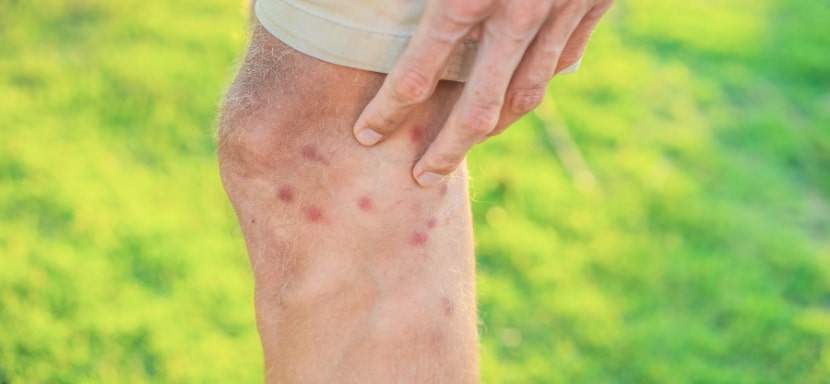
How to Protect Yourself From Insects in the Wild
There’s nothing like being out in the wild—birdsong echoing through the trees, the fresh scent of earth, and a deep sense of peace that makes you think, “Ah, this is what life is about.” But then comes the buzzing. Mosquitoes, ticks, and flies swoop in like uninvited...

How to Identify Poisonous Plants
Exploring the great outdoors can be incredibly refreshing, offering a chance to reconnect with nature and unwind from daily stresses. However, it also comes with its fair share of risks. Chief among them? Poisonous plants. These hidden hazards can turn a peaceful...
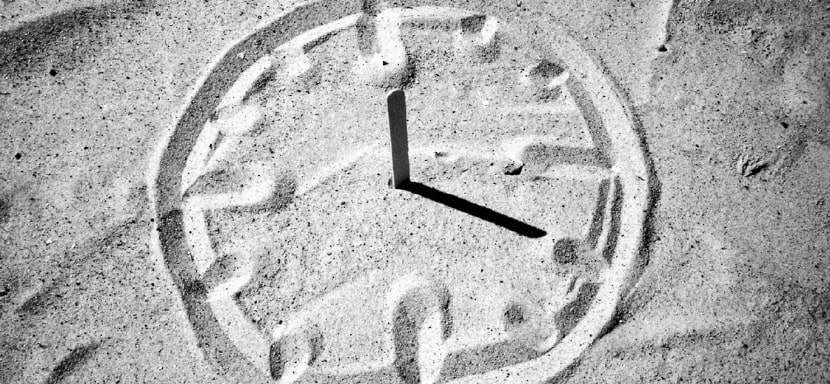
How to Use the Sun to Tell Time
Using the sun to tell time sounds like a Robinson Crusoe novel. Imagine being stranded on a desert island with no phone, clock, or sundial. You'd still have one incredibly reliable resource: the sun. It’s been doing its thing for billions of years, and by the looks of...
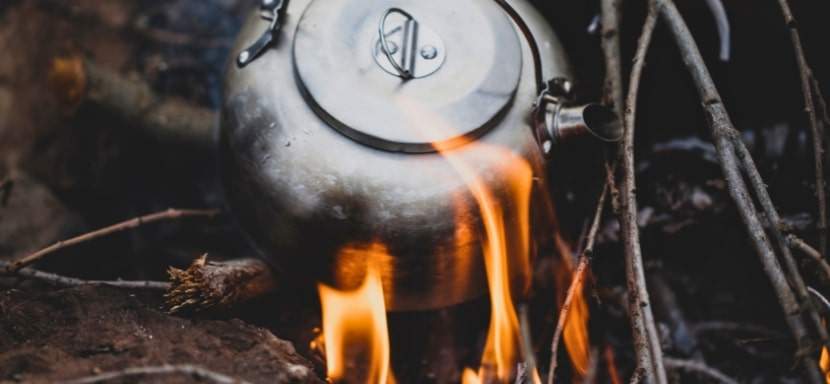
How to Purify Water Using Boiling
When you're miles away from civilization, lost in the wilderness, or don't trust what's coming out of your tap, the idea of pure, clean drinking water starts to sound like a mythical oasis. Maybe it's all those survival shows you've binged, but suddenly, you're eyeing...
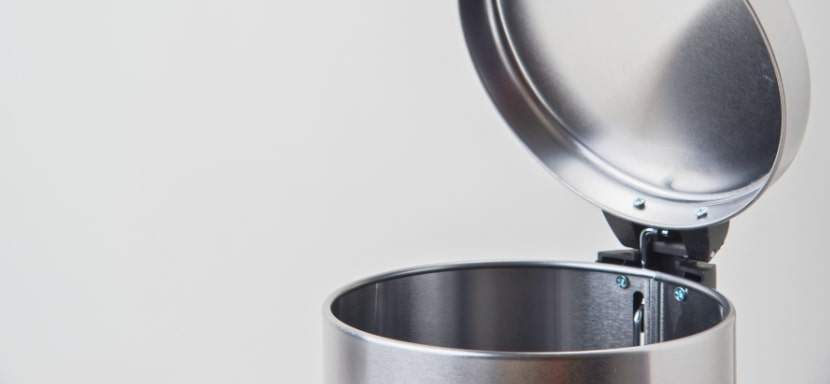
How to Build a Faraday Cage
Have you ever had one of those moments when your phone seems to be on its own personal field trip through Wi-Fi signals, Bluetooth, and all kinds of electromagnetic noise? Well, I have. The endless hum of invisible waves flying through the air makes you wonder—how can...
More Survival Scenarios

How to Survive a Layoff
When the Floor Falls Out: The Reality of a Layoff Layoffs feel personal—even when they're not. One day, you're responding to Slack messages and forwarding emails. Next, you're staring at your monitor as it logs you out... for good. Whether it's a restructuring, a...

How to Survive a Drug Test
The Cup, The Room, The Truth I never imagined I’d be so emotionally invested in a paper cup. But there I was, standing under the fluorescent hum of a strip-mall clinic, trying to recall the last time I ate a poppy seed bagel. That’s the thing about drug tests—they...

How to Survive an Interrogation
If you've ever been caught in the crosshairs of an overly enthusiastic mall cop or stared down by someone in a uniform with a clipboard and a glare, you’ve felt it — the chilly fingers of interrogation anxiety. And while most of us imagine interrogation scenes as...

How to Survive a Nightclub Shooting
Nightclubs pulse with life—lights flashing, music pounding, bodies packed tight on the dance floor. It’s a place to escape, feel the rhythm, and lose yourself in the crowd. But that same energy can turn deadly in seconds, transforming a night of fun into one of the...

How to Survive a Bachelor Party
A bachelor party is a delicate mix of celebration, chaos, and questionable decision-making, wrapped in the noble intention of sending the groom off into married life with a night he’ll (hopefully) remember. It’s a ritual as old as time—well, as old as men deciding...
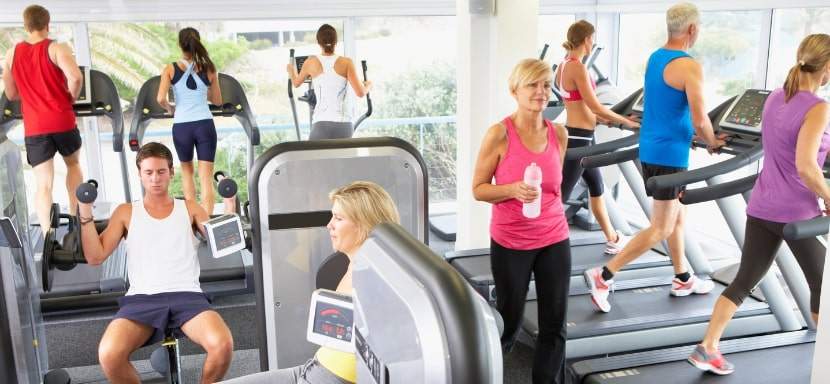
How to Survive Your First Time at the Gym
Walking into a gym for the first time can feel like stepping into an alien world. The machines hum with purpose, the regulars move confidently, and you’re left standing there, clutching your water bottle, wondering whether you’re in the right place—or on the right...

How to Survive a Worldwide Communications Breakdown
Imagine waking up to silence. Your phone doesn’t buzz, your email won’t load, and even your local radio station crackles with static. A worldwide communications breakdown has hit. What next? For many, this doomsday scenario may sound like the opening lines of a...
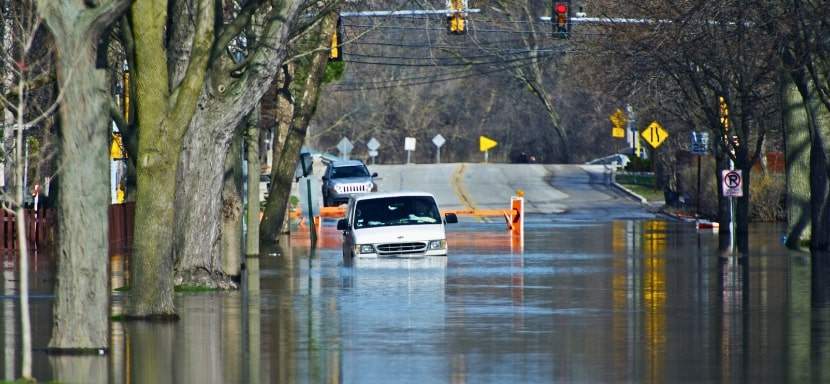
How to Survive a Flash Flood While Driving
Surviving a flash flood while driving requires quick thinking, calmness, and a solid plan to ensure your safety. Preparation can make all the difference between a close call and a catastrophe in emergencies like this. This guide provides practical advice to protect...
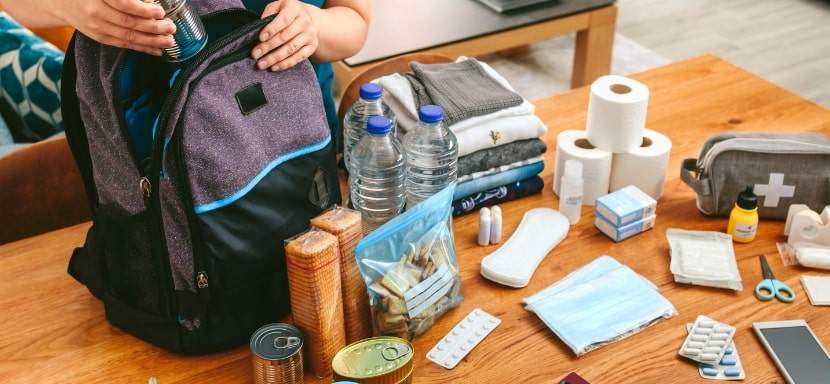
How to Build an Emergency Kit
Emergencies don’t knock politely at the door. They barge in, uninvited, like a distant relative with a penchant for drama, turning your world upside down without warning. Whether it’s a power outage, a natural disaster, or an unexpected evacuation, the key to staying...

How to Protect Yourself From Insects in the Wild
There’s nothing like being out in the wild—birdsong echoing through the trees, the fresh scent of earth, and a deep sense of peace that makes you think, “Ah, this is what life is about.” But then comes the buzzing. Mosquitoes, ticks, and flies swoop in like uninvited...
